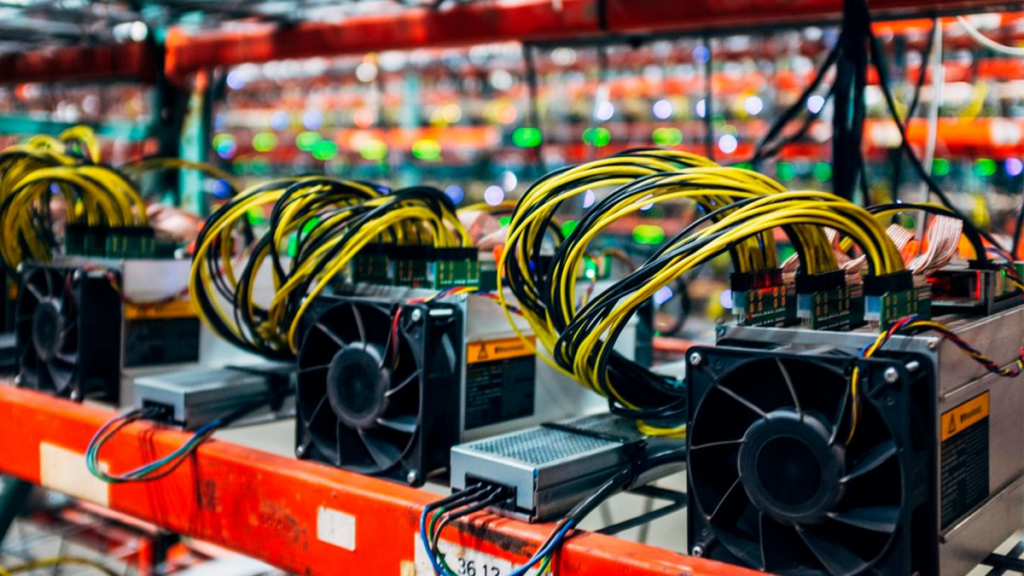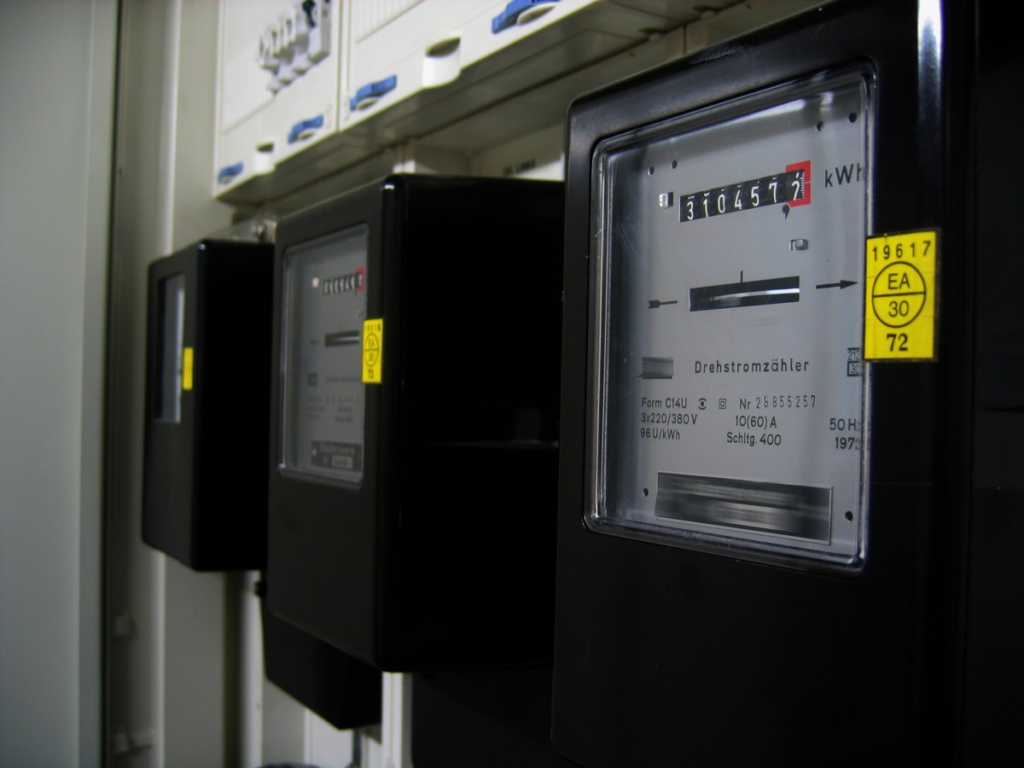Many people are interested in crypto-currencies, and a growing number are investing. But even among those who regularly trade cryptos, few really understand the underlying technology.
This is because crypto-currencies are, at the moment, widely used as a speculative tool. Many people are chasing profits and don’t care about the rest. Only minimal technical knowledge is needed to get into trading, but we think it’s helpful to know the basics. Education will eliminate the uncertainty and doubt, which still make up much of the public opinion on Bitcoin and other crypto-currencies.
Mining is a good example. Let’s dive in.
Mining is essentially a distributed consensus system. It is a mechanism by which many people around the world participate in maintaining crypto-currency networks. Mining is a term used to describe the process of validating transactions that are waiting to be added to the blockchain database. Mining is essential on Proof of Work blockchains like Bitcoin. Newer blockchains tend to use Proof of Stake and other consensus mechanisms, and do not require or allow mining.
On Proof of Work blockchains, mining establishes the chronological order of transactions, which is essential to ensure that previous entries in the cryptocurrency’s “ledger” cannot be altered. For a transaction to be successfully confirmed and included, it must be packaged into a block that must adhere to strict encryption rules. These are verified and validated by the network miners and there is no involvement of government authorities. This protects the neutrality of the Bitcoin network.
We can make a quick comparison with the use of credit cards in the traditional electronic money system. Every payment must be verified and recorded by the credit card company (e.g. MasterCard or Visa). It can be said that the entire money flow of the contemporary banking system is recorded in centralized systems, and they are very sensitive to manipulation.
Cryptocurrencies like Bitcoin do not have centralized organizations that confirm transactions. With Bitcoin, this work is done by miners. They create new Bitcoins in the process.
This process is called “mining” because of its many parallels to gold mining. Both scenarios involve the investment of a large amount of labor and energy to produce a valuable asset.
What is crypto mining? It’s a way to reward those who validate blocks of transactions so that they can be added to the blockchain.
The basics of crypto-currency mining
How does crypto-currency mining work? Let’s start our explanation with an analogy.
You probably know the basics of gold mining. It takes a certain amount of work to recover the raw material that is valuable to people. Bitcoin is not much different in this regard, except that it is an entirely digital resource, so the mining process takes place in the virtual world.
Getting gold is simple, but the process can be volatile and unpredictable. Mining crypto-currencies is much the same.
An economic incentive to mine gold exists when the costs associated with mining a kilogram of gold (labor, wages, equipment) are less than the value of a kilogram of gold.
Bitcoin is similar, but there are slight differences. Miners discover new Bitcoins at predetermined and increasing levels of difficulty and increased energy consumption.
There is an economic incentive to mine Bitcoins when the costs associated with mining Bitcoins (electricity, computing power) are less than the value of the rewards of mining.
What kind of rewards are we talking about?
The rewards
The most successful miners are rewarded with new Bitcoins if they manage to add a new block to the blockchain.
Today, the prize is never received by a single person because no one in the world has enough computing power to solve the complex mathematical operations required to validate a block. Miners therefore join forces, creating what are called “mining pools” to join forces. The price is then distributed in proportion to the work done by each member of the pool. Those with more computing power receive a higher price.
The reward is halved every 210,000 blocks. At the time of writing this article, the Bitcoin block height is 567,000. This means that the entire Bitcoin blockchain contains 567,000 blocks. Each block is linked to the previous block in the chain, back to the original Genesis block.
Miners were initially rewarded with 50 Bitcoins, and in 2012 the reward was halved to 25 Bitcoins. The halving takes place every four years. You can follow the countdown here. The halving events coincide with the Summer Olympics.
Safety and difficulty
The more miners there are, the more secure the network is. A large number of miners means that it is virtually impossible for anyone to manipulate the network and its assets.
The downside is that an increase in the number of miners also increases the difficulty of mining (and decreases the profitability). Basically, the difficulty is adjusted according to the computing power distributed in the miners’ networks. This adjustment ensures that a block is always added to the blockchain every 10 minutes or so (and not sooner or later due to a variable number of miners).
Higher difficulty, in theory, means lower profit for the miners. This is because the reward is distributed to a larger number of miners, so each miner gets a smaller share. This is not a big problem if the price of Bitcoin is high or if miners have access to free or cheap electricity.
Sometimes the reward for mining does not cover the cost of mining. In this case, many people continue to mine, mainly because they believe that Bitcoin will be worth more in the future.
What is crypto-currency mining? And what is Bitcoin mining in particular? Mining is the process of verifying transactions and creating new coins.
How to mine crypto-currencies
What is crypto-currency mining? Now you know. You may even be eager to try it yourself. So let’s take a look at the hardware equipment and procedures needed to set up a home mining operation. Get your pickaxe ready!
The material
The first step to start mining Bitcoins is to invest in the right computer hardware. A faster and more powerful computer increases your chances of success.
In principle, anyone can mine crypto-currencies. All you need to do is run some mining software on your computer. But it’s unlikely that you’ll make a decent profit without doing a little research.
In the early years of Bitcoin, ordinary home computers and consumer-grade graphics processing cards were all that was needed, but in recent years this solution has become largely inefficient. The rise of application-specific integrated circuits designed for mining has contributed greatly to this. These circuits only perform the specific types of computational operations needed to mine crypto-currencies. These noisy and hot devices are not suitable for home environments. Is crypto mining profitable? It can be. But if you want to make a fortune with Bitcoin mining, you have to be willing to shell out a lot of money for custom hardware.
Ethereum gained a lot of popularity in 2016 and 2017, in part because it allowed for significant profits on bitcoin using home computers, associated with a growing market, as well as significant profits.
Mining pools
The miners soon realized that they could increase their profits by combining more GPUs. As a result, entire mining farms were built in areas where access to electricity and computer equipment is cheap. These farms have made many millionaires. Some mining companies have even outsourced their computing power by renting it to consumers.
With the growing popularity of Bitcoin mining, some people have also started to group together in so-called mining pools, which increases the chances of receiving the reward.
How to get started
Crypto-currency mining requires equipment that uses as little electricity as possible. We are always looking for the best combination of price and performance.
If you decide to get into crypto-currency mining, you should know that you will probably struggle because of the price of electricity. We call this solo mining, but it is recommended to join a mining pool or community that uses its combined computing power in order to mine crypto-currencies.

Where does the term “pool” come from? Let me explain with an example. Imagine computing power as water, and the entire Bitcoin network as a large body of water. The people with the most water will have the greatest chance of receiving the reward. Most people only have a small bucket of water. Therefore, they get together and pour their water into a pool. If their pool receives a prize, it will be distributed in proportion to the amount of water each individual pours.
Therefore, it is advisable for beginners to join a mining pool. Be careful and choose only known mining pools.
You will need specialized software without which it will not work, even if you have the best hardware for crypto-currency mining. A fair amount of technical know-how is required to set up the software, so this process is for those with a little more experience.
How do I receive rewards?
After setting up your hardware and installing your mining software, you can immediately start mining! But you may be wondering where you will receive your potential earnings.
Payments are most often made in Bitcoin as it is by far the most popular crypto-currency in the mining community.
You probably already know that Bitcoins can’t be saved to your bank account, so you’ll need a crypto wallet. Your Kriptomat wallet is an excellent choice.
The mining software transfers all the rewards you earn to the crypto-currency wallet address you specify.
Energy consumption
Cryptocurrency mining comes at a price: energy consumption. Mining equipment is constantly running at maximum load, and huge amounts of energy are wasted as extra heat. As a result, many large mining operations are hosted in northern countries, where it is easier to reduce the cost of electricity associated with cooling.

It is difficult to accurately assess the impact that Bitcoin mining has on the environment. But it is clear that crypto-currency mining, and Bitcoin mining in particular, has contributed to warming the world more than many countries. Depending on how the electricity is generated, mining also contributes to greenhouse gases.
What does it mean to mine cryptos?
We live in interesting times. People are investing a lot of time, effort, and energy into mining virtual assets that are recorded with digital ones and zeros. It sounds strange, but it’s just a natural social and technological evolution. What was strange yesterday will be normal tomorrow.
Civilization is based on the exchange of goods for money. Who says that this system has no room for a fully digital currency? In any case, the entire financial system is migrating to a digital domain.
The world is becoming increasingly digital, and cryptos have a very interesting role to play. Miners are an essential part of the system.
Try to modify your search
The text is informative in nature and does not constitute an investment recommendation. It does not reflect the personal opinion of the author or the service. Any investment or trade is risky, past performance is no guarantee of future returns – only risk the assets you are willing to lose.